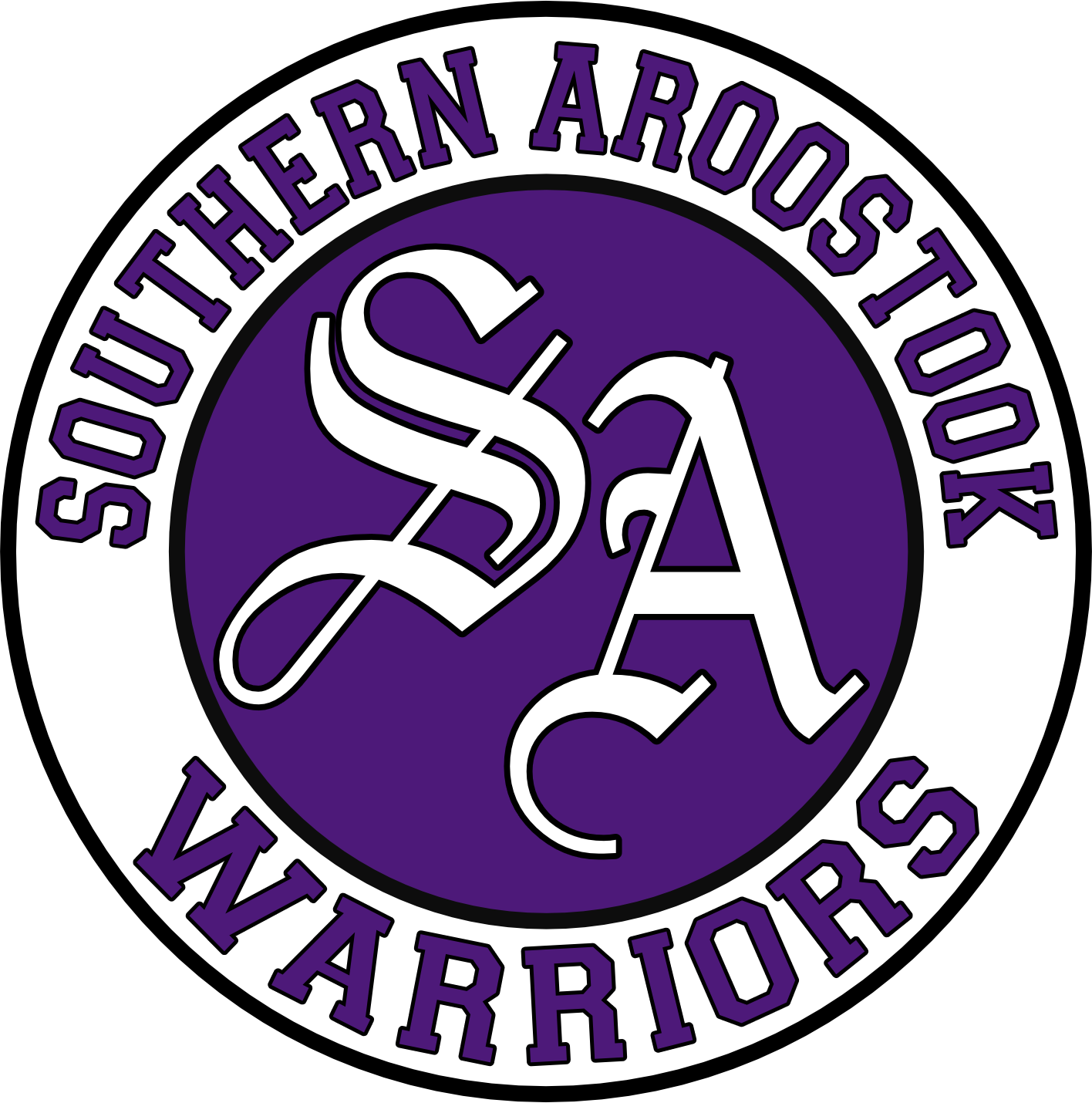More details about Phase 1 Summer Workouts for interested student/athletes at RSU 50.
RSU 50/Southern Aroostook Community School
Summer Athletic Activities (PHASE 1 Beginning 8/6)
Gathering Limitations: Workouts will be conducted in cohorts of the same 5-10 students working out together weekly to limit exposures. A student cannot participate in two different cohorts. When creating the cohorts our first priority will be to keep Fall sport teams together. Cohorts should not meet more than 2 times per week (M/Th or Tu/F). Activities should focus on physical reconditioning of athletes, acclimation to exertional activity in warmer weather, and individual skill development. Workouts should not exceed 60 minutes. No team practices. There must always be a minimum distance of 6 feet between each individual. Physical contact such as high-fives, fist bumps, and hugs are prohibited. Vulnerable individuals should not supervise or participate in any workouts.
Allowed in Attendance: Athletes, coach, school staff as appropriate
Supervision: Cohorts will be supervised by volunteer coaches with support from Cliff Urquhart (Athletic Director)
Facilities: Closed, all activities are limited to outdoor areas only
Screening: All staff and students are required to self-screen for any observable illness, including cough or respiratory distress, and to confirm temperature below 100 degrees Fahrenheit. (Rules for Operating Summer Schools during COVID-19, 2020) The coach or activity supervisor must verify that each participant has completed the self-screening questionnaire before allowing participants to practice. Records of self-screening for each person will be recorded and stored. Any person with positive symptoms reported will not be allowed to participate, should self-isolate, and contact their primary care provider or other health-care professional.
Testing and Contact Tracing: As student/youth-athletes return to physical activity, a system of contact tracing and notification should be established in the event that a participant tests positive for COVID-19. In the event that a student/youth athlete discloses that he/she has tested positive for COVID-19, administration and the local department of health will be immediately notified.
Face Coverings: In accordance with CDC guidance, “face coverings are not intended to protect the wearer, but rather to reduce the risk of spreading COVID-19 from the person wearing the mask (who may not have any symptoms of disease).” (CDC Consideration for Youth Sports, 2020) “Face coverings may be challenging for players (especially younger players) to wear while playing sports.” (CDC Consideration for Youth Sports, 2020) “Face coverings should be worn by coaches and necessary school staff as much as possible.” (CDC Consideration for Youth Sports, 2020)
i. Cloth or disposable face coverings should be worn throughout each phase when not engaging in vigorous activity, such as when sitting on the bench, during chalk talk, interacting with a coach, etc.
ii. Medical grade face coverings are not necessary. Cloth or disposable face coverings are acceptable.
iii. Face coverings should not be worn when engaging in high intensity workouts or distance running.
iv. Plastic shields covering the entire face (or attached to a helmet) shall not be allowed. Their use during practices increases the risk of unintended injury to the person wearing the shield or teammates. (2020 NFHS Guidance for Opening up High School Athletics and Activities, 2020)
v. Coaches, officials and other contest personnel should always wear cloth face coverings. (Artificial noisemakers such as an air horn or a timer system with an alarm can be used to signal in place of a traditional whistle.) (2020 NFHS Guidance for Opening up High School Athletics and Activities, 2020) COVID-19 Advisory Committee (Recommended members include school physician, school nurse, athletic director, one coach (appointed by the athletic director, building principal (or designee), and superintendent (or designee).
Hygiene Practices: Wash your hands with soap and water for at least 20 seconds or use hand sanitizer, especially after touching frequently used items or surfaces. Hand sanitizer should be plentiful and available to individuals as they transfer from place to place. Sneeze or cough into a tissue, or the inside of your elbow. Avoid touching your face. Appropriate clothing/shoes should always be worn to minimize sweat from transmitting onto equipment/surfaces. Athletes must be encouraged to shower and wash their workout clothing immediately upon returning to home. Disinfect frequently used items and surfaces as much as possible.
Hydration/Food: All students must bring their own water bottle. Water bottles must not be shared. Food limited to only that required for medical purposes. Hydration stations (water cows, water trough, water fountains, etc.) should not be utilized, except for water bottle refill stations.
Locker Rooms/Athletic Training Areas: Locker rooms should not be utilized. Students should report in appropriate attire and immediately return home to shower after participation.
Athletic Equipment: Athletic equipment (towels, clothing, shoes, or sports specific equipment) cannot be shared between athletes. All athletic equipment, including balls, should be cleaned after each individual's use and prior to the next workout.
*Any inclusion of skill development during the “high risk in-person and virtual stage” must be limited to skills that can be integrated into a physical conditioning exercise. Examples include dribbling a soccer ball while working through agility cones; catching a football while running sprints; dribbling a basketball while conditioning; working on stick and ball control in lacrosse while conditioning, etc. Team practices are not permitted.

